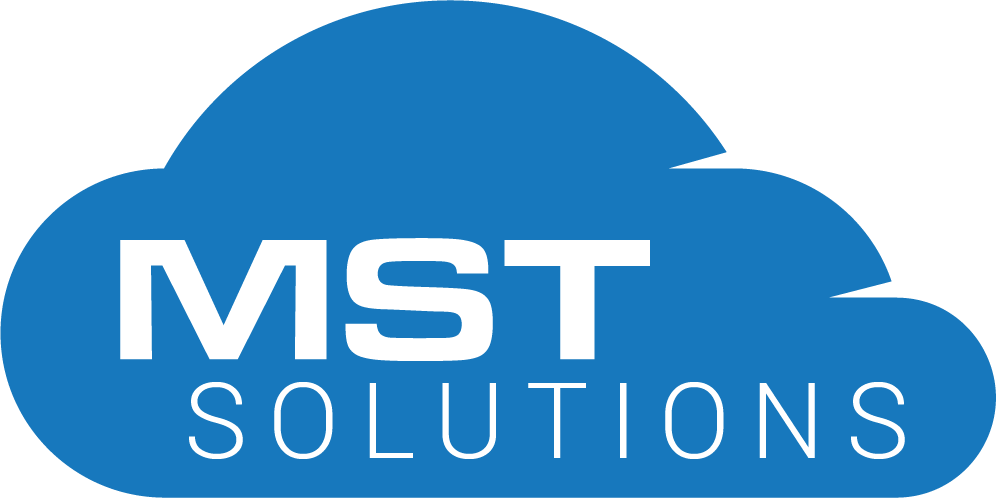Assign Admin Permissions for Pardot Email
- From Salesforce Setup, in the Quick Find Box, enter Pardot, and then select Email Setup.
- To create the necessary permission set, click Create Permission Set and save.
- From Setup, click Manage Assignments and then, click Manage Assignments again.
- To select the admin user who is going to configure email, click Add Assignments to select the admin user, and then click Assign.
- For easy access to CMS, add the CMS Workspaces and CMS Channels tabs to your Pardot Lightning App toolbar.
Create a Domain for Pardot Email
When we store the images that you use in your emails, we associate them with a domain that you manage. This step requires working with your website administrator to edit CNAME and TXT records with your domain registrar.
If you already have a domain in Salesforce that fits this description, skip this task, and move on to configuring salesforce CMS.
- From Salesforce Setup, in the Quick Find box, enter Pardot, and then select Email Setup.
- Click Manage Domains, and then click Add a Domain.
- Using the information at the top of the form, update the CNAME record and the TXT record for the root domain (company.com) or subdomain (email.company.com) that you want to use.
- After the changes are complete, return to Setup and enter the subdomain in the Domain Name field. It can take up to 24 hours for the host changes to become available to Salesforce.
- For the HTTPS Option, select the Content Delivery Network (CDN) option.
- Save the domain. Your domain is now awaiting activation. When it is ready, an activation button appears.
- On the Domains list, click Activate in the Action column.
Configure Salesforce CMS for Pardot Email
When you send email with Pardot, you can use Salesforce CMS as a unified image repository. The CMS workspace is where you can save files and control user access. The CMS channel determines where those files can be published. When you use CMS with Pardot email, the images published to your channel become available while marketers are building emails.
- Click the CMS Home action menu, select CMS Channel, and then click Create Channel.
- Name the channel something descriptive, such as Pardot Email or a business unit name, and then save it.
- Edit the new channel to configure its domain.
- From the channel list, click the action menu, and then select Edit.
- Select Enable Domain, choose the domain you configured from the dropdown, and then save.
- Click the CMS Home action menu, select CMS Workspace, and then click Add Workspace.
- To configure your workspace, follow the prompts.
- Name the workspace and select the channel you want to include.
- Select the Salesforce users that need access to the workspace, and then select a role for each.
- A content manager has full access to a workspace’s files. A content admin can also edit the workspace settings.
- Select the languages you want to support and include a default language.
- Review your settings, and then click Done.
- From the Email Setup page, click Select Channel, choose the one you created from the dropdown, and save.
Assign User Permissions for Pardot Email
To give users access to the Email Content object and to Salesforce CMS as an image repository for use with email in Pardot, assign permissions.
- From Salesforce Setup, in the Quick Find box, enter Permissions, and then select Permission Sets.
- Find the Use CMS with Email Templates and Email Content permission set and click Manage Assignments.
- To give the permission set to marketing users, click Add Assignments, select the users, and save.
- For easy access to CMS, users can add CMS tabs to their toolbar.
- To edit tabs, click
on the Pardot Lightning App toolbar.
- Click Add More Items.
- With All selected, search for CMS and select CMS Workspaces and CMS Channels.
- Click Add 2 Nav Items and save.
- To edit tabs, click




